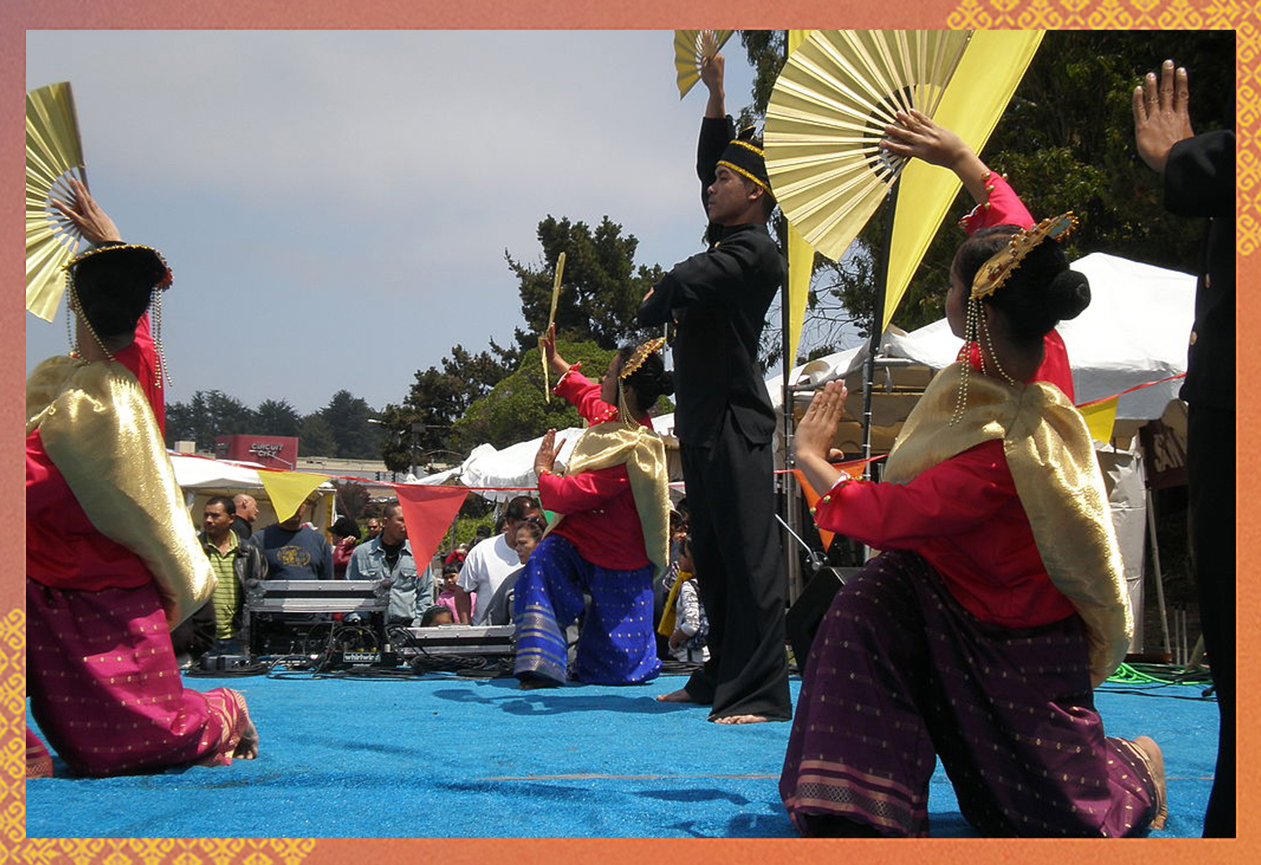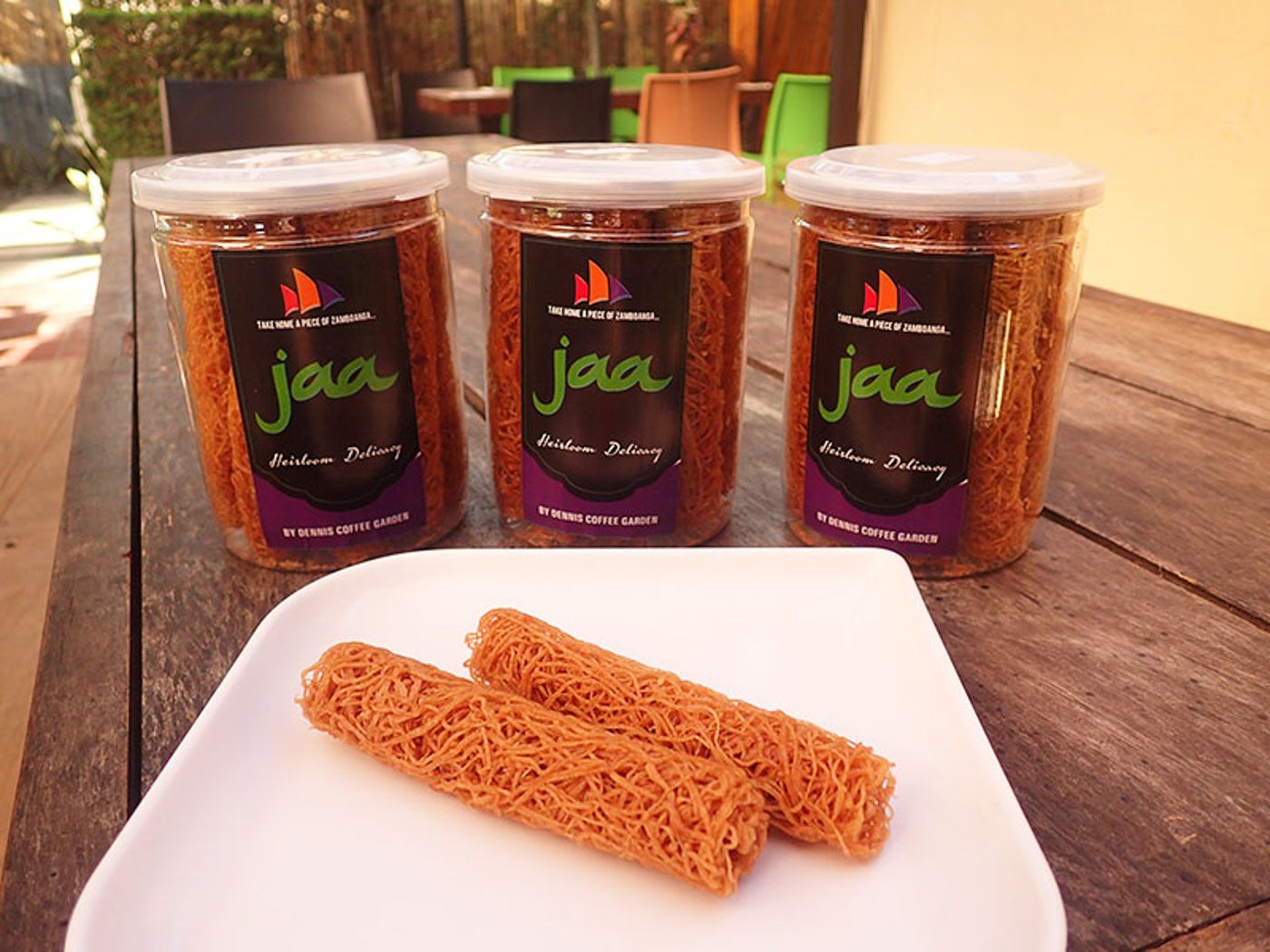The Basic Principles Of Tausug Philippines
All about Tausug Philippines
Table of ContentsGet This Report on Tausug PhilippinesNot known Facts About Tausug PhilippinesGetting My Tausug Philippines To Work9 Simple Techniques For Tausug PhilippinesGetting My Tausug Philippines To WorkNot known Facts About Tausug Philippines
Anne's perceptions of the Pangalay show just how, in a place where numerous societies exist side-by-side, regard for tribal possession of a dance is not incompatible with a gratitude for and also a sense of pride in the cumulative corpus of dancings as one tradition, on a nationwide degree. Dancing is a task so common in Philippine culture that, ironically, it is regularly considered approved.
There is no denying that Reyes-Aquino deserved her Nationwide Artist Award in Dance for the collection of descriptions of all the dancings that show up in her six-volume work (Aquino 1953), yet I preserve that further study is required to improve this collection by upgrading, trimming, expanding, as well as fixing, where necessary, specifically when it concerns the category as well as groups of dances.
There is much information therein, definitely, but efficient reorganization as well as dissemination of this details requires the job of many even more scholars. I note, nevertheless, that this process of modification is not without its political difficulties among dancing scholars and practitioners. Tausug Philippines. For instance, while researching the Pangalay in the funding and 2 towns of Tawi Tawi, an island district within the Sulu archipelago, Santamaria uncovered that the natives of this district distinguished the Pangalay from the Igal.
What Does Tausug Philippines Do?
Not surprisingly, responses from Amilbangsa's team to this claim were hostile, charging Santamaria of negating Amilbangsa's original research study rather than watching it as the exploration of new knowledge. As the acknowledged professional in Pangalay, it was presumed that Amilbangsa might not be incorrect, in the same fashion that Aquino's research is believed to be incontestable.
Bajau youngsters discovering the Igal in Sempornah, Sabah. Image by Hanafi Hussin. Amilbangsa's advocacy for the Pangalay is deserving because she seeks to keep the tradition alive so that future generations will certainly maintain doing this olden type that was practiced before individuals who danced it were converted to Islam.
Clearly, it would be helpful if she can upgrade her study or enable others to proceed the research study for her. My account of issues with the classification as well as categorization of dances in the Philippines as well as their documents seeks to reveal how the growth of a nationwide heritage is not without contestation, as multiple cultural groups struggle to retain their identity as well as self-reliance on a tribal degree within the merged arena that is nationhood.
What Does Tausug Philippines Mean?
On the lower footer of the web site, a copyright is shown from 1999-2013, although this may mirror the length of time that the Alun Alun Dancing Circle has been in procedures, as stated on his explanation the web site's profile web page: http://pangalaydance. com/the-alun-alun- dance-circle. It would certainly be risk-free to say that the post "The Pangalay Dancing Style" might have been posted to the site as very early as January 2007, which is the oldest day of the archives of posts on the website, and also created before then.
gov.ph, it is unclear where an update of this record can be discovered. Reviews of the history of Philippine dancing are located in Basilio Esteban Villaruz's Sayaw: An Essay on Philippine Dance, which was published as a short essay by the Cultural Facility of the Philippines (CCP) in 1989, after that included in the Tuklas Sining series (1991 ).
In some areas, the activity of such individuals has substantially altered the ethnic structure. Such is the situation of southerly Sulu, the islands consisting of the province of Tawi-Tawi. This paper is a discussion of recent population motions in the Sulu Islands, and also just how these might be associated with the culture history of the Sama people, the earliest residents of Sulu (*).
Indicators on Tausug Philippines You Should Know

Architecture and Community Planning. There are 3 kinds of Mranaw homes: the lawig (cottage), mala-a-wali (large house), and also the torogan or genealogical home of the datu. Some Mranaw click over here now homes have messages which rest on the rounded rocks; these "drifting foundations" avoid the structures from falling down during quakes (Peralta, 1975: 28-31).
It stands thirty to 220 centimeters over the ground, hing on nine to twelve bamboo or wood posts. A fenced patio serves as the front of your house; the cooking area, which is fifty centimeters reduced than the structures, is at the back. Tausug Philippines. The text homes the sleeping location, which increases as a living and workplace in the morning.
What Does Tausug Philippines Do?
The widowed line flooring of the home is of split bamboo linked with rattan. Carved breasts, headboards, or mosquito displays divide the inside right into the sleeping and also non- sleeping areas. Covered with a riyara woven floor covering, rice-stalk bundles work as bed cushions, the head as well as foot of which are outlined with pillows.
The roofing system of the mala-a-walai is made from thick cogon turf protected on bamboo frameworks by rattan. Scratched bamboo posts web server as the stairs, which are put at the front as well as rear of your house (Alarcon, 1991: 65-66). The finest instance of Mranaw architecture is the torogan, which showcases the best of Mranaw okir (essentially, "sculpting").

The 8-Minute Rule for Tausug Philippines
